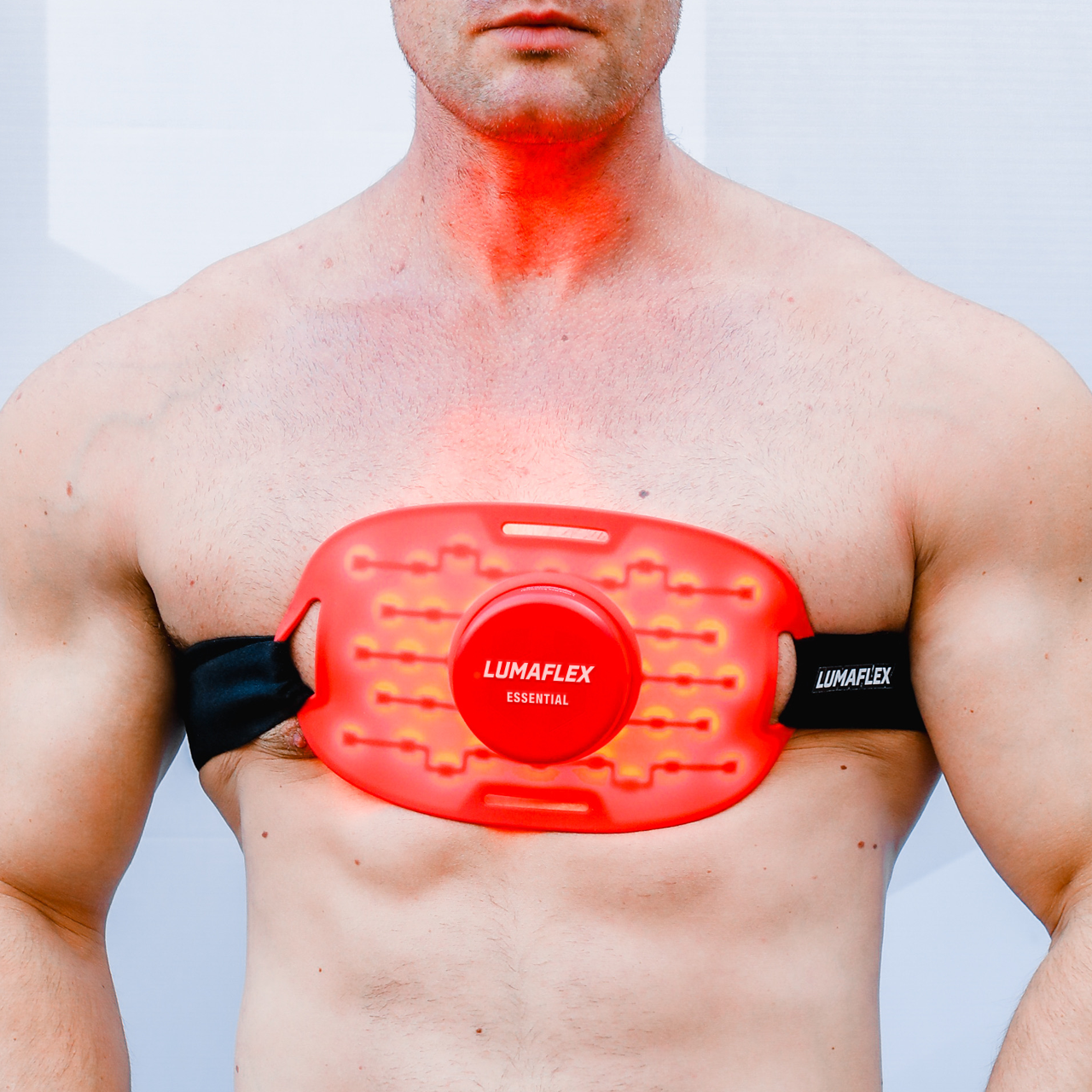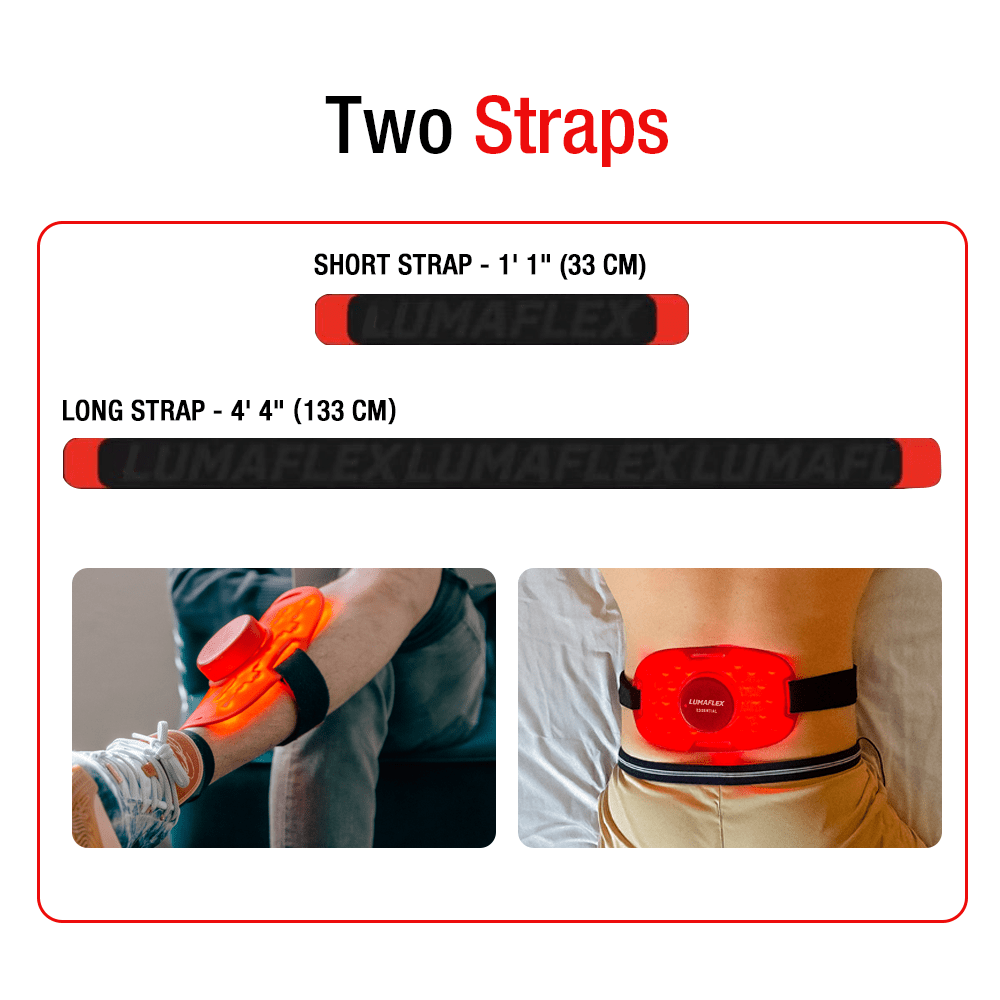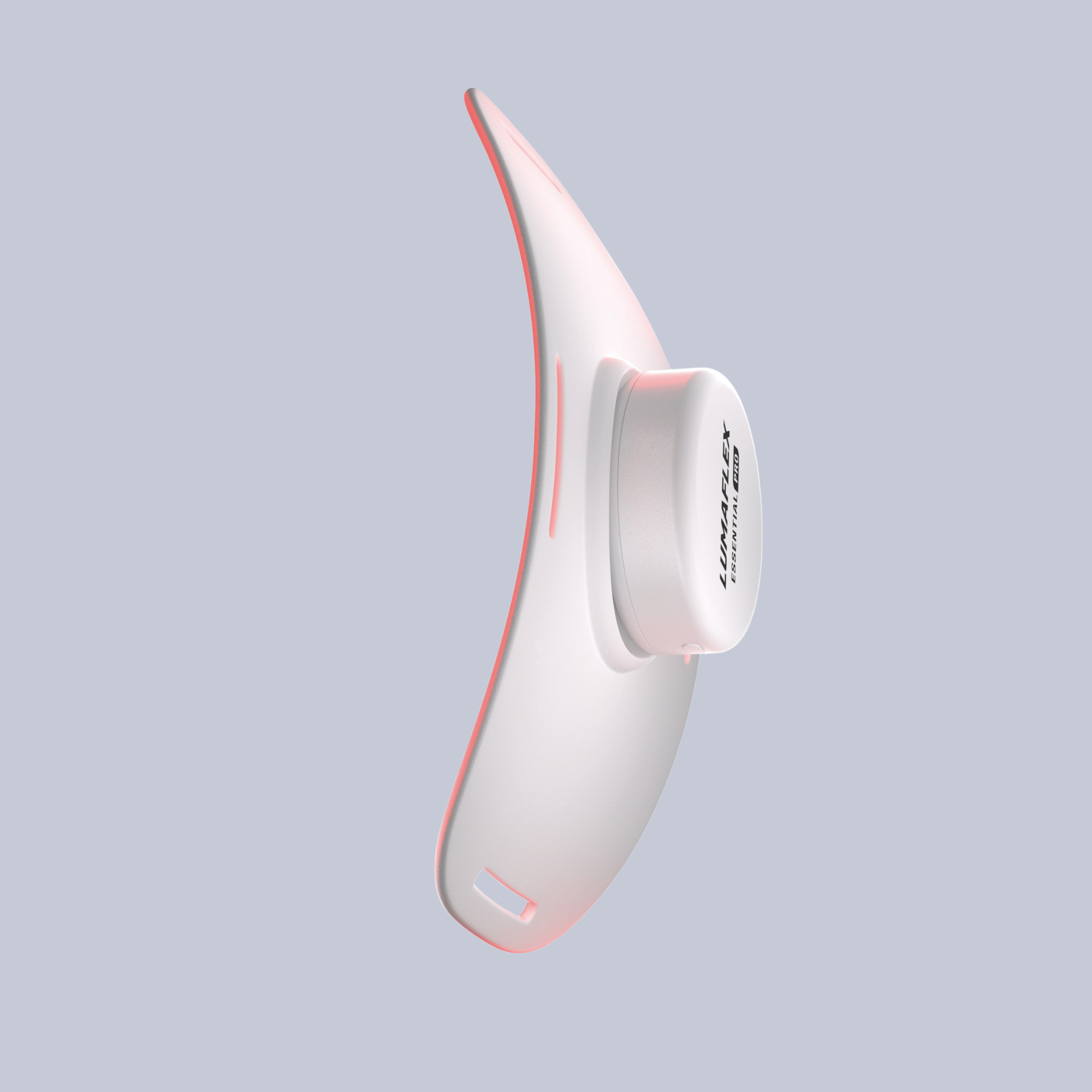5 Stages of Noticing Weight Loss: Your Real-Life Guide

5 Stages of Noticing Weight Loss: A Real-Life Journey
The stages of noticing weight loss often start with a simple surprise, like slipping into jeans that suddenly fit a little easier. It’s rarely a dramatic overnight change. At first, you might feel the difference more than you see it: extra energy, deeper sleep, or less bloating. Then come the moments when the mirror or a friend confirms what you already sensed.
This journey is filled with ups, plateaus, and victories both small and big. Let’s walk through the five stages of noticing weight loss in real life.
Table of contents
Why Everyone Notices Weight Loss Differently
When people ask, when do you notice weight loss, the answer isn’t the same for everyone. Some see changes in just a couple of weeks, while others need more time before anything shows. Body type, metabolism, and daily habits all shape how fast those first signs of weight loss appear.
For example, someone with a smaller frame might notice their face slimming quickly. Another person may not see a visible difference right away but feels stronger during workouts or sleeps better at night.
Your journey is your own. Comparing it to someone else’s only steals the joy of noticing how far you’ve come.
Stage 1 – Early Shift (Week 1–2)
The first signs of weight loss are often so small you wonder if you imagined them. Your waistband doesn’t dig in as much. Rings slip off easier. You might wake up feeling lighter than usual. Most of this stage is linked to water weight loss and reduced bloating, but it still feels like progress.
Even if the mirror hasn’t caught up, your body gives you hints. Sleep feels deeper. Movement feels lighter. Little boosts of energy make daily routines easier. That mini thrill when your ring slips off without a struggle or when your socks feel a little looser is proof that your body is starting to change. Some people include gentle recovery practices, like red light therapy, to quietly support energy and restful sleep during these early weeks.

Stage 2 – Subtle but Steady (Weeks 3–6)
By this stage, the changes start to become noticeable. Maybe a friend comments that your face looks slimmer, or you finally notice your waistline shaping up. The scale may not show dramatic differences, but if you peek closely, the visible signs are there.
Confidence grows during this stage. The small wins begin to add up, and you start believing that the effort is paying off. That mini victory when your leggings slide on without a fight or your belt fits one notch looser is proof that progress is happening.

Stage 3 – The Plateau (Weeks 7–12)
Almost every weight loss journey hits this stage. The scale seems stuck. It can feel frustrating. In reality, your body is adjusting. Clothes may still fit better, even if the changes aren’t obvious yet.
Strength and stamina often shine here. You might lift heavier weights. Run longer distances. Notice your recovery improving. Using small supportive practices, such as red light therapy, can quietly help maintain energy during this plateau. That moment when you climb stairs without huffing or notice your energy lasts through the evening reminds you that progress continues, even if the scale disagrees.

Stage 4 – Visible Transformation (Months 3–6)
This stage is exciting because the changes become obvious. Photos, mirrors, and casual compliments confirm what you’ve been sensing all along. Clothes that were once tucked in the back of the wardrobe now fit comfortably. Everyday movements feel easier.
It’s not only about appearance. Many people notice clearer thinking. Steadier energy. Routines that no longer feel forced. Small recovery practices, like red light therapy, can help your body feel its best as the visible changes become more apparent. That moment when someone says, “You look amazing” or when you slip into a favorite outfit with ease brings a satisfying sense of reward.

Stage 5 – Long-Term Balance (6+ Months)
By this stage, weight loss no longer feels like a project. The habits you built, from moving regularly to eating with awareness and resting well, become part of daily life. Maintaining weight loss feels less like effort and more like rhythm.
The focus shifts from chasing numbers to finding balance. You enjoy more energy, better sleep, and a stronger sense of control over your health. Finally enjoying meals without obsessing over the scale or noticing how naturally your clothes fit is a reward in itself. Progress is no longer about dramatic change but about knowing the choices you make now will keep paying off in the long run.

Signs You’re Losing Weight Even If the Scale Doesn’t Show It
The scale doesn’t always tell the full story. Sometimes progress shows up in ways you can feel long before it shows as a number. These non-scale victories are often the clearest proof that your body is changing.
Maybe you’re tightening your belt an extra notch or noticing that your watch slides around your wrist. Climbing stairs feels easier, or you have more energy during workouts. Even your mood, sleep, and digestion can improve before the mirror catches up.
Paying attention to these changes helps keep motivation alive, especially during weeks when the scale refuses to budge.
Tips for Staying Motivated at Every Stage
Staying consistent can be tough, especially when progress feels slow. A few simple habits can keep you moving forward and help you appreciate each stage of your weight loss journey.
Take progress photos regularly. They capture changes that your eyes might miss in the mirror. Celebrate small wins too, whether it’s fitting into an old pair of jeans or showing up for workouts week after week. Building a support system makes the process easier as well. Friends, online groups, or tracking apps can give you encouragement on the days you need it most.
Motivation isn’t about being perfect. It’s about reminding yourself why you started and recognizing how far you’ve already come.
FAQs About Noticing Weight Loss
How long does it take to lose weight?
Healthy weight loss typically happens at a pace of one to two pounds per week. Your timeline depends on factors like starting point, activity level, and eating habits.
How soon do you start noticing weight loss?
Changes can appear in as little as two weeks, often through looser clothes or reduced bloating. For visible results in the mirror, consistent effort for about a month usually shows a difference.
How long before others notice weight loss?
Friends or family might not notice until eight to twelve weeks in, although you may see progress yourself within four to six weeks. Body type and consistency affect how quickly others see the change.
What are the 4 phases of weight loss?
Weight loss often occurs in four main phases: an initial drop in water weight, steady fat loss, a plateau where progress slows, and long-term maintenance. These align closely with the five stages of noticing weight loss.
Do men and women notice changes differently?
Patterns differ by sex. Men commonly notice changes around the stomach first, while women may see slimming in the face, hips, or thighs earlier. Hormones and body composition influence these differences.
Which body parts lose weight first?
Early changes often show up in the face, waistline, or upper body. Genetics play a large role in determining which areas slim down first.
How to manifest weight loss?
Focusing on mindset can support your progress. Visualising goals, affirming your achievements, and practising positive self-talk help maintain motivation alongside healthy habits.
What if I don’t see progress but feel better?
Improvements in energy, sleep, mood, or ease of movement are all signs of progress. Even if the scale or mirror hasn’t caught up, your body is responding positively.
Wrapping Up Your Weight Loss Journey
The stages of noticing weight loss don’t follow a perfect timeline. Some weeks feel fast, others slow, and a few might feel like nothing is happening at all. But every stage matters, from the first loosened waistband to the point where healthy habits become second nature.
Your weight loss journey is about more than numbers. It’s about energy, confidence, and feeling comfortable in your own skin. Small lifestyle tools, like incorporating red light therapy, can support recovery, boost circulation, and enhance energy levels. Every small change is proof that you’re moving forward, and progress is always worth celebrating.
Related Readings About the Stages of Noticing Weight Loss
- Exploring the Safety and Possible Side Effects of Red Light Therapy for Weight Loss
- Clinical Trials about Red Light Therapy For Weight Loss
- Red Light Therapy Routine and Increased Energy for Active Lifestyles
- Red and Infrared Light Therapy with Lumaflex CEO, John Graham
- Red Light Therapy for Metabolism: Unlocking the Science of Its Effects on Metabolic Health
- LED Photobiomodulation Therapy for Abdomen Fat Reduction
- Red Light Therapy for Fat Reduction: How It Supports Your Self-Care and Wellness
































